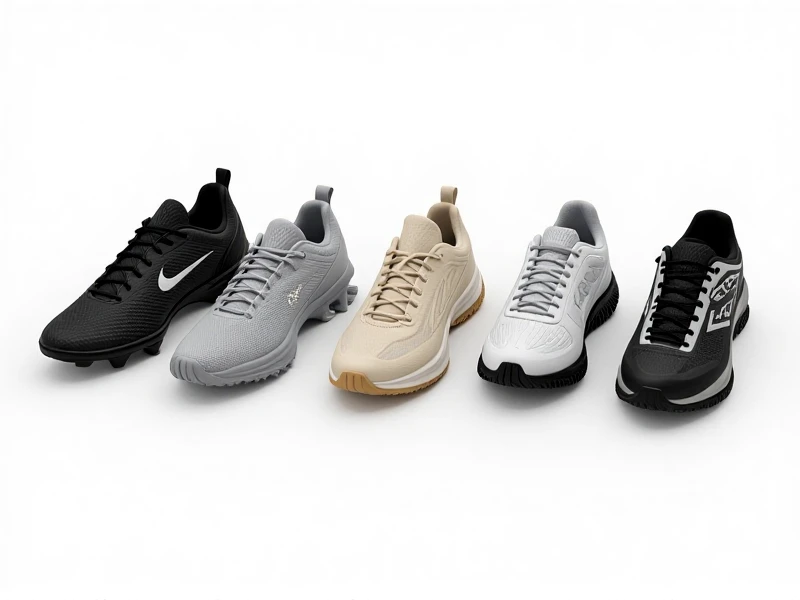
Your Ultimate Guide to Choosing the Perfect Sports Shoes
****
Selecting the right sports shoes is paramount, regardless of your activity level. Wearing improper footwear isn't just uncomfortable; it significantly increases the risk of injuries like shin splints, plantar fasciitis, or ankle strains. Understanding your needs is the foundation for finding the ideal pair.
Firstly, identify your primary activity. Sports shoes are highly specialized. Running sneakers prioritize forward motion and heel-to-toe transition, featuring cushioning for impact absorption. Basketball kicks demand excellent ankle support, lateral stability for quick cuts, and responsive cushioning for jumps. Cross-training shoes offer versatile support for multidirectional movements and gym workouts. Matching your shoe to your sport is non-negotiable for performance and safety.
Next, understand your foot type. Your natural arch dictates the support you require:
- Flat Feet (Low Arch): Tend to overpronate (foot rolls inward excessively). Look for athletic shoes with structured stability features or motion control to minimize excessive inward roll.
- Neutral Arches: Benefit from cushioned, flexible sports shoes designed to support the natural gait cycle. Stability features might still be present but less pronounced.
- High Arches: Often underpronate (feet roll outward), needing sneakers with superior cushioning, especially in the midsole, and often a curved shape (last) to encourage natural movement.
The perfect fit is science, not guesswork. Always get professionally measured, including both length and width. Your longest toe needs ample space (roughly a thumb's width from the shoe's end) to prevent bruising or nail issues. Ensure the heel is snug but not tight, preventing slippage. The midfoot should feel secure. Width-wise, ensure your foot isn't compressed against the sides. Try shoes on later in the day when feet are naturally slightly larger. Wear the athletic socks you plan to use during sport.
Quality matters – but replace them regularly. Premium sports shoes might cost more upfront, but their advanced materials and engineering offer better support and durability. Track your total mileage using an app or simply mark your purchase date. Running kicks typically show noticeable cushioning wear after 300-500 miles – earlier for high-intensity sprinters. If joints consistently ache after your workout, that sneaker is likely past its prime.
Dedicated pairs enhance performance. While tempting, using your running sports shoes for daily walking or vice versa compromises their purpose-built features. Have distinct pairs: performance sneakers for your sport, and potentially casual pairs or walking shoes for other activities.
Choosing your sports footwear requires careful consideration. Prioritizing your activity, foot type, and securing a precise fit transforms the experience. Well-chosen athletic shoes don't just boost performance and comfort; they actively safeguard your body, allowing you to chase your fitness passions safely and effectively for longer. Invest wisely in your foundation.